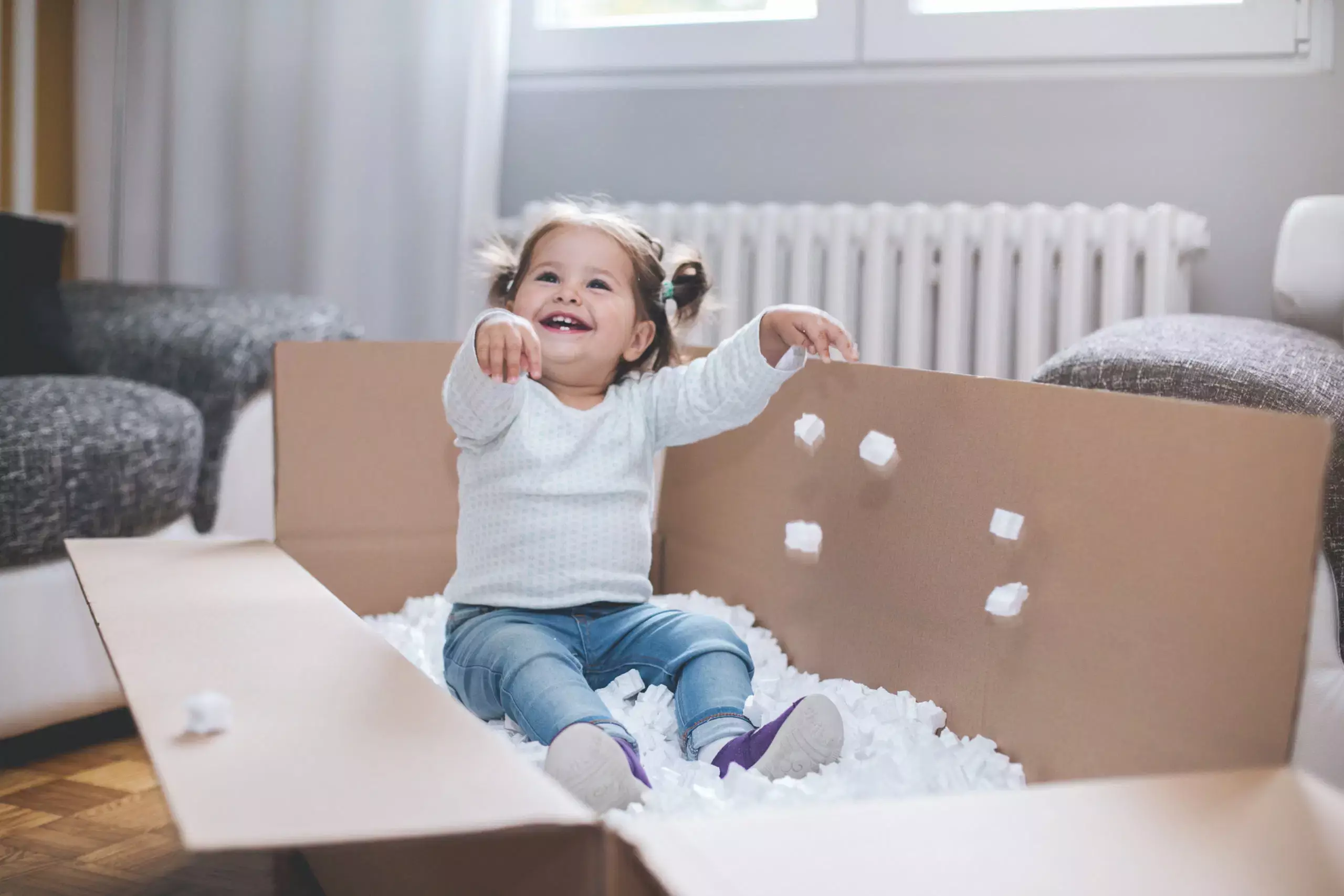Relocating to a new home is often heralded as one of life’s most significant stressors. When you add the intricacies of managing toddlers to the equation, it can feel utterly overwhelming. The endless packing, organizing, and attempting to maintain some semblance of order are compounded by the natural curiosity and boundless energy of young children. Picture a scenario where you are trying to carefully pack fragile items while your little ones are desperately wanting to help—playing with boxes, taking out clothes, or even attempting to pack their beloved toys. It’s a whirlwind of chaos, but it doesn’t have to be a painful chore.
The secret to a smoother transition lies in acknowledging the emotional needs of your toddlers. During this time of upheaval, kids often experience heightened feelings of insecurity and anxiety. Their frantic or demanding behavior is often a cry for connection amidst the chaos. By investing time to engage with your child before diving into the packing process, you can transform their nervous energy into cooperative enthusiasm.
Engagement as a Strategy
Before you embark on your packing marathon, set aside 10-15 minutes for quality interaction with your child. In this dedicated time, allow them the autonomy to choose the activity. Whether it’s engaging in their favorite game, a craft, or simply some quality snuggle time, this interaction fosters a critical sense of connection.
When children feel a significant bond with their caregivers, their behavior tends to improve significantly. By nurturing this connection before you start the heavily task-oriented activities, you’re creating an environment conducive to cooperation. With full hearts, they’ll be far less likely to engage in disruptive behaviors while you tackle the move. Think of it as emotional currency; a little love up front pays dividends down the line.
Making Packing Fun
Pack your belongings playfully! Allocate your child a small box to fill with their toys. Allow them the freedom to organize their own items, even if you know you’ll have to rearrange them later. This playful part of the process can actually cultivate a sense of responsibility in your child and make them feel included in the bigger picture.
Consider cranking up some lively music as you work. Kids tend to respond positively to rhythm, and packing in a danceable atmosphere can transform the monotony of chores into an enjoyable event. Allow them to pack items as you lead them in a fun dance-off with each box you fill. When you extend the playfulness into your work, you make it easier for both of you to stay engaged.
Injecting Humor into Tension
Let’s face it, packing can become boring and stressful. To prevent frustration, employ what might be termed as “giggle parenting.” Use playful antics to ease the tension when you see your child showing signs of boredom or frustration. This could involve a light-hearted declaration that an innocent cardboard box is too large to be a toy but includes your child instead! Their laughter can be the antidote to negative feelings that arise during a busy day of moving.
Keep entertaining your little ones with humorous remarks about the items being packed. For instance, assigning funny attributes to mismatched socks or pretending silly objects are ‘happy’ when wrapped in paper can yield delightful conversations. This playful banter not only entertains them but serves the additional purpose of maintaining their interest in packing.
Encouraging Independence
You can also promote independence through various distractions and challenges. Try to instigate a friendly competition where your toddler races to see who can gather items to pack the quickest. Engage their competitive spirit and allow them to feel a sense of achievement when they claim victory.
Another unique idea is to incorporate pretend play by transforming moving tasks into a “delivery” game using their toy strollers. Basic storytelling and lighthearted roles can provide children with a renewed sense of purpose that enhances their willingness to assist with the move. When they feel involved and important, it simplifies everything for you.
Embracing the Emotional Landscape
As expected in any large life transition, various emotional upheavals may arise during the relocation process. There could be moments of tears or tantrums as children grapple with their feelings. Rather than dismiss these expressions, recognizing them as essential releases of stress can instill comfort in your child. Providing empathy and understanding can act as the lighthouse guiding them toward emotional stability amidst the tumultuous seas of moving.
By giving them the opportunity to express themselves and ensuring they know it’s okay to feel upset during this transition, you not only strengthen your bond but also foster emotional intelligence in your children. They will be better prepared to navigate their feelings today and in the future.
So, to all the mamas out there managing the chaos of packing with toddlers: prioritize connection, bring the fun into functional tasks, and embrace the emotional currents. This journey can be enjoyable, after all!

